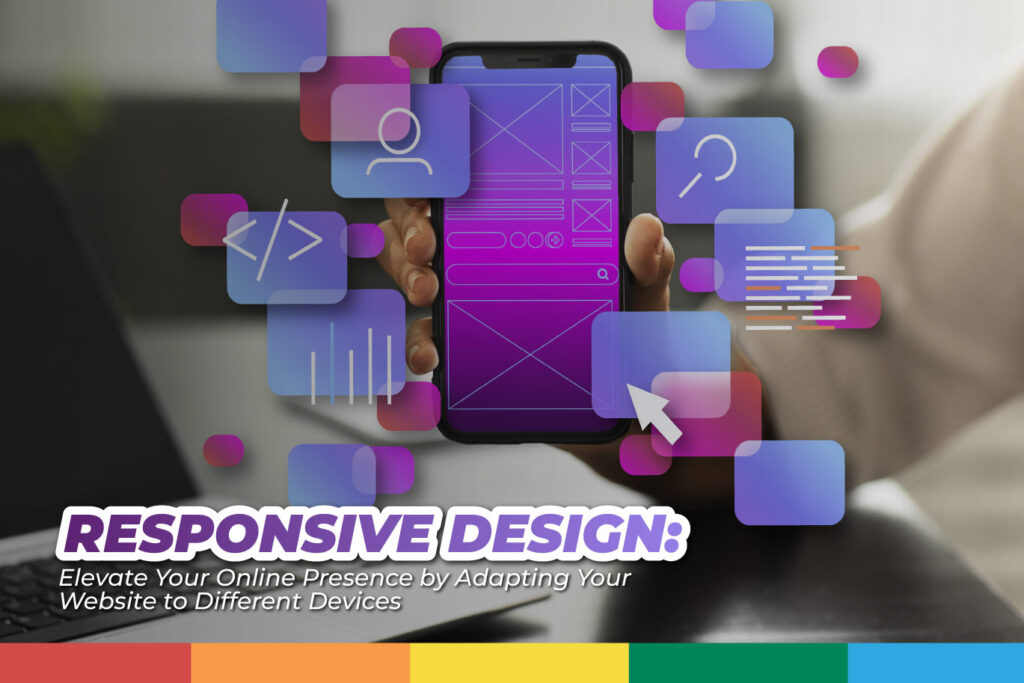Hello, all digital enthusiasts and innovative entrepreneurs! In today’s competitive digital landscape, online presence is crucial for the success of any business or company. In this article, we will explore in-depth the fascinating world of “Responsive Design” and how this strategy can transform your website into an engaging and functional experience on any device.
The Importance of Responsive Design in the Digital Era
In the information age, device diversity has reached unprecedented heights. From classic desktop computers to the latest-generation smartphones and tablets, the audience surfs the web using a variety of screens and sizes. This is where responsive design comes into play.
What Is Responsive Design?
Responsive design is more than just a trend; it’s a necessity. It involves creating a website that adapts seamlessly to any device, providing a consistent and enjoyable user experience. Instead of creating separate versions for mobile and desktop devices, responsive design utilizes a fluid structure that automatically adjusts based on the user’s device characteristics.
Benefits of Responsive Design
I. Optimized User Experience
Imagine this: a potential customer visits your website from their smartphone. With responsive design, navigation will be as smooth as if they were on a desktop screen, resulting in a positive and lasting experience.
II. Enhanced SEO
Google rewards websites that offer an exceptional user experience. Responsive design not only simplifies navigation but also improves performance in terms of loading speed and relevant content, crucial factors for search engine rankings.
III. Time and Resource Savings
Previously, businesses had to maintain different versions of their websites for various devices. With responsive design, this issue disappears, allowing you to focus your efforts on content quality and marketing strategy.
Keys to Successful Responsive Design
I. Prioritize Loading Speed
Loading speed is essential for retaining your audience. Optimize images and use techniques like caching to ensure a fast and efficient user experience.
II. Adaptable Content
Ensure that your text and images fit perfectly on smaller screens without sacrificing readability or visual quality.
III. Continuous Testing
The digital world evolves constantly, and emerging technologies can affect how your site is displayed. Conduct frequent tests on different devices to ensure your responsive design is always at the top of its game.
Adapt Your Business to the Digital Future
Responsive design is the key to standing out in today’s vast digital landscape. It’s not just about following a trend; it’s about ensuring that your business is prepared for any changes in the digital world. As more users access the web from mobile devices, adaptability becomes essential.
So, are you ready to take your online presence to the next level? Embrace responsive design and watch as your website becomes a versatile and powerful tool for attracting and retaining your audience.
Remember, in the digital world, adaptability is the key to success. Don’t get left behind; move forward with responsive design and take your business into the digital future!







